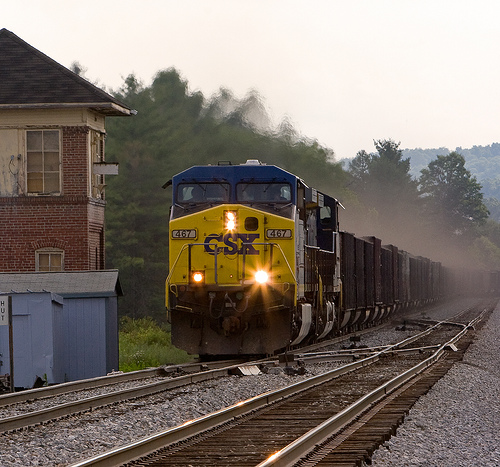If you want more evidence that coal operations equate to uncontrolled coal dust, take a gander at this new collection of stories about what it’s like to live near a coal terminal. In communities near big terminals in Maryland and Virginia, coal dust is commonplace. As one Baltimore resident tells it:
Coal dust and soot coat her property inside and out. “I see it on my furniture, deck, window sills, and siding of my house, and on door frames and air conditioner vents in my home,” says Ms. Fox. A white carpet she once installed turned black after barely four years.
Is it just a nuisance or is it a major threat to public health? There’s no clear answer, but either way the stories from the East Coast that Earthjustice has collected are a cautionary tale for the Northwest.
If these were isolated incidents it might be one thing, but they are most definitely not. As Sightline has documented, coal dust is a problem wherever coal terminals are found, whether in Alaska or Louisiana; Australia or India; South Africa or South Carolina. It’s the same story everywhere, including in the Northwest where coal dust has been a major problem near both big terminals in British Columbia—Westshore and Prince Rupert.
If there’s a white-glove coal operation out there somewhere, I have yet to hear about it. For two-and-a-half years now we’ve been posing this challenge to coal export proponents: find us a large coal terminal anywhere in the world that does not have a problem with coal dust.
Their reply so far?








